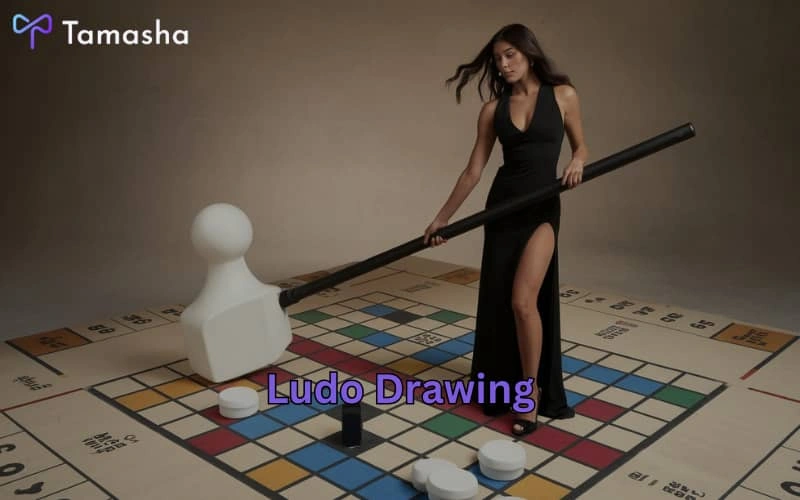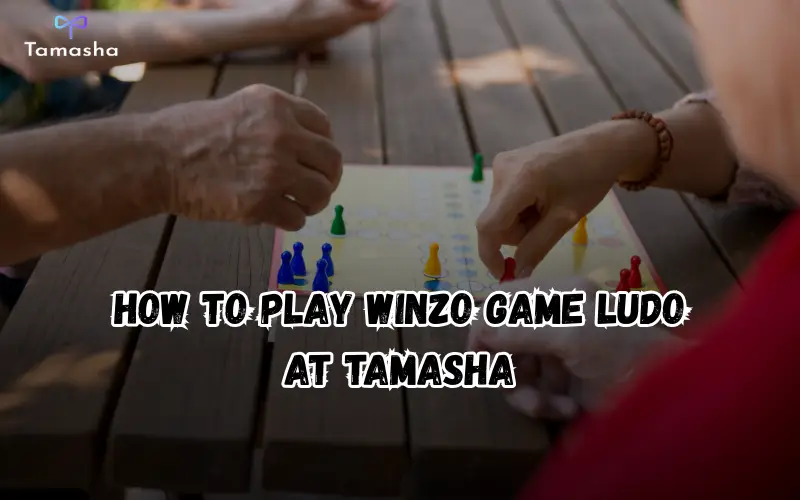The timeless board game Ludo has been a source of fun and nostalgia for generations. Its vibrant colors, iconic board design, and simplicity make it a fantastic inspiration for artistic creativity. If you love both art and gaming, exploring Ludo drawing can be a fun and rewarding activity. Whether you’re creating a handmade board or just sketching for enjoyment, Ludo drawings are a delightful way to combine creativity and play.
In this guide, we’ll explore creative Ludo drawing ideas, tips for perfecting your designs, and ways to make your artwork stand out.
Why Create Ludo Drawings?
Ludo drawings offer a unique blend of creativity and functionality. Here’s why you should try it:
- Nostalgic Value: Ludo evokes fond childhood memories, and drawing its design can be a fun way to relive them.
- Custom Creations: You can personalize your Ludo board with unique patterns, colors, or themes to make it one-of-a-kind.
- Family Fun: A homemade Ludo board adds a special touch to family game nights, turning your artwork into a usable piece of entertainment.
- Skill Development: Ludo drawing helps improve your artistic skills, such as precision, color coordination, and spatial planning.
Essential Tools for Ludo Drawing
Before starting your Ludo drawing, gather these basic supplies:
- Drawing Paper or Board: Choose a sturdy surface for durability.
- Pencils and Erasers: For sketching the initial design.
- Rulers: To ensure straight and precise lines.
- Markers or Colored Pencils: To add vibrant colors.
- Compass: Useful for creating perfect circles in the center of the board.
- Stencils (Optional): To save time when drawing repetitive shapes.
Step-by-Step Guide to Drawing a Ludo Board
1. Sketch the Outer Square
Start by drawing a large square, which will serve as the boundary of your Ludo board. Use a ruler for clean and straight lines.
2. Divide the Square into Quadrants
Divide the square into four equal parts by drawing two intersecting lines through the center. These quadrants will form the four player areas.
3. Create the Home Area
In the middle of the board, draw a smaller square to represent the “home” area where the four quadrants meet. Divide this smaller square into four triangles, each pointing toward one quadrant.
4. Draw the Paths
Add paths leading from each quadrant to the home area. Each path should consist of a series of small squares, forming a trail for the game pieces to follow.
5. Add Safe Zones
Mark specific squares as “safe zones” using distinct shapes, such as circles or stars. These add a functional element to your design.
6. Design the Quadrants
Fill each quadrant with a unique color—typically red, green, blue, and yellow. You can also customize these with patterns or designs to make them more creative.
7. Add Decorative Details
Enhance your drawing by adding decorative borders, patterns, or themes. For instance, you could use floral motifs, geometric patterns, or even cartoon characters.
8. Outline and Color
Once satisfied with your sketch, outline the design with a black marker for a polished look. Then, fill in the sections with bright colors, staying true to the classic Ludo aesthetic or your unique theme.
Creative Ideas for Ludo Drawings
1. Nature-Inspired Themes
Incorporate elements of nature, such as flowers, leaves, or animals, into your Ludo drawing. Replace the standard color blocks with designs Tamasha inspired by the seasons or wildlife.
2. Cultural Motifs
Draw inspiration from traditional art styles, such as mandalas, tribal patterns, or regional designs. This adds a cultural twist to your Ludo board.
3. Cartoon and Pop Culture Themes
Design a Ludo board featuring characters or elements from your favorite cartoons, movies, or games. This is a hit among kids and fans of pop culture.
4. Minimalist Design
If you prefer simplicity, stick to clean lines and muted colors for a modern and elegant Ludo drawing.
5. Abstract Art
Experiment with abstract patterns, vibrant splashes of color, or geometric shapes for a contemporary take on the classic board.
Tips for Perfecting Your Ludo Drawing
- Plan Your Design: Sketch lightly with a pencil before committing to ink or color.
- Keep Lines Straight: Use a ruler and compass for precise shapes.
- Choose High-Quality Materials: Better paper and colors ensure your drawing looks professional and lasts longer.
- Practice Symmetry: Since Ludo boards are symmetrical, focus on maintaining balance in your design.
- Experiment with Colors: While the traditional Ludo board uses primary colors, feel free to experiment with pastels, neon, or metallic shades.
How to Use Your Ludo Drawing
Once your Ludo drawing is complete, you can:
- Laminate It: Protect your artwork by laminating it for long-term use as a game board.
- Gift It: Create personalized Ludo boards as thoughtful gifts for friends and family.
- Frame It: Display your drawing as decorative art in your home.
- Use It for Game Nights: Add dice and playing pieces to transform your drawing into a functional Ludo board.
Conclusion
Creating a Ludo drawing is a fantastic way to merge art with play. Whether you stick to the traditional design or explore creative themes, the process is enjoyable and rewarding. With a few tools, some imagination, and a love for the classic game, you can craft a unique piece that’s as fun to use as it is to create.
So, gather your supplies, unleash your creativity, and start designing your masterpiece today!








